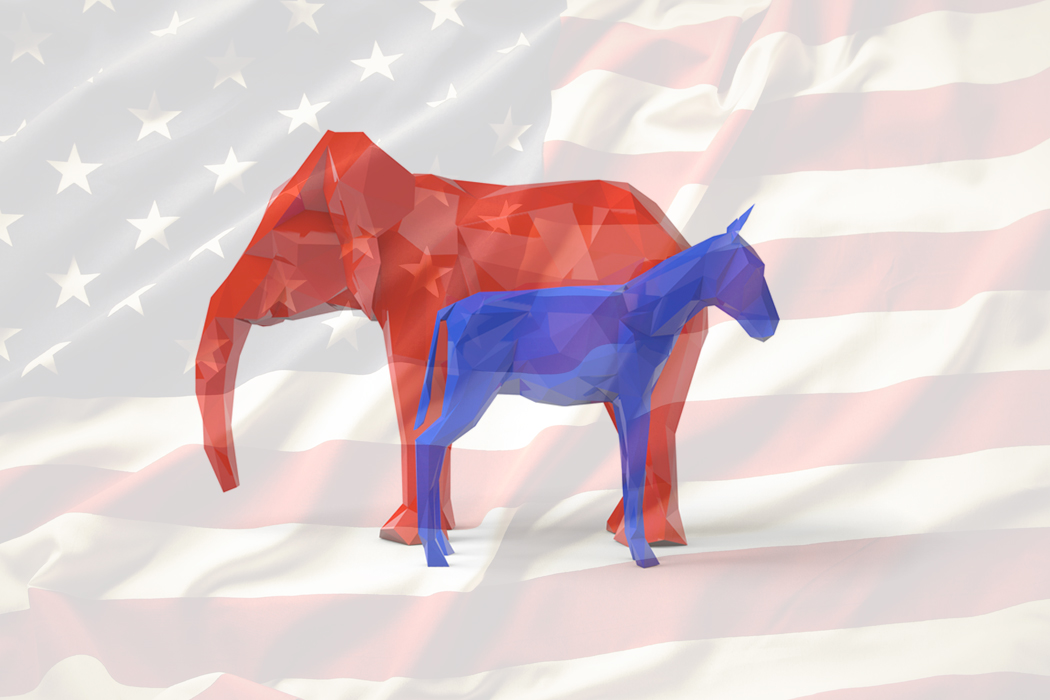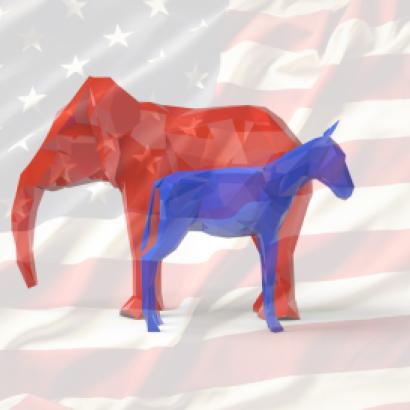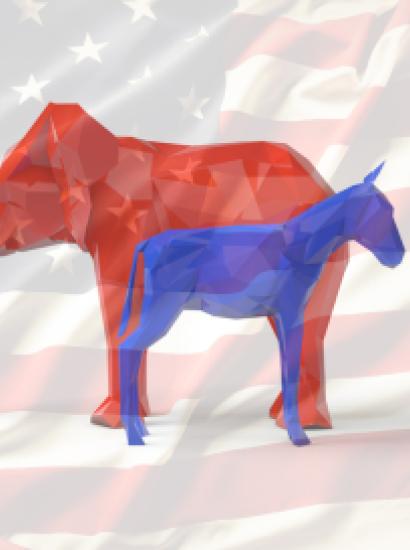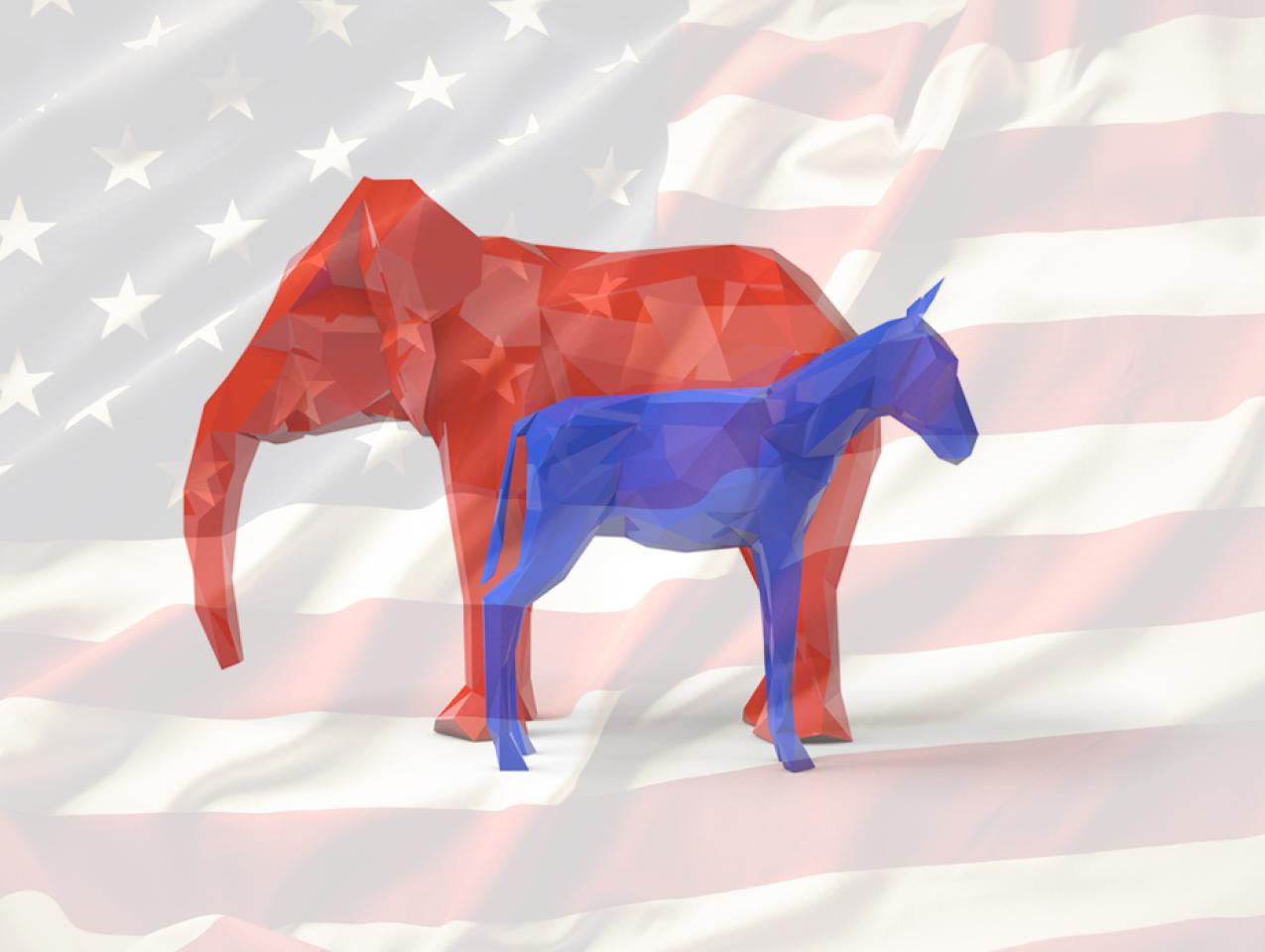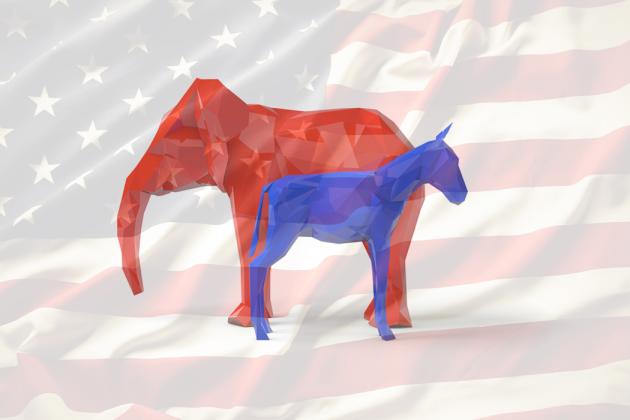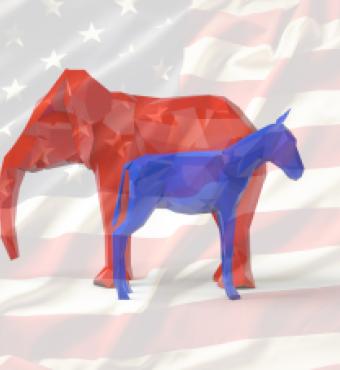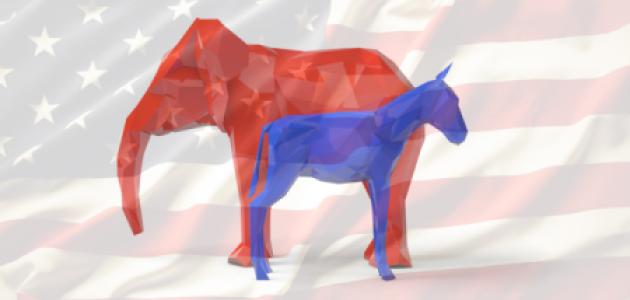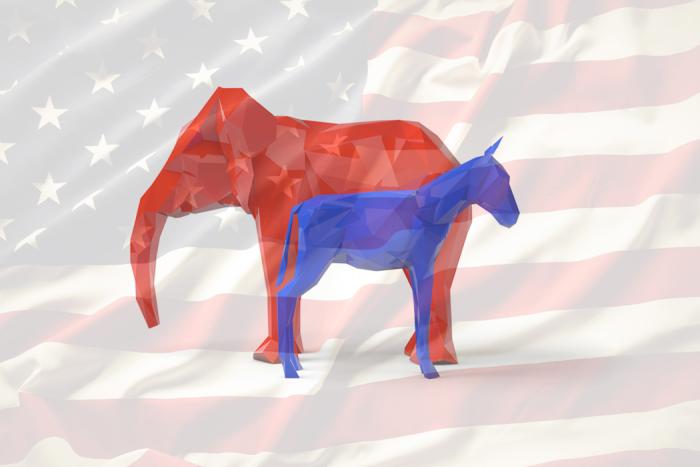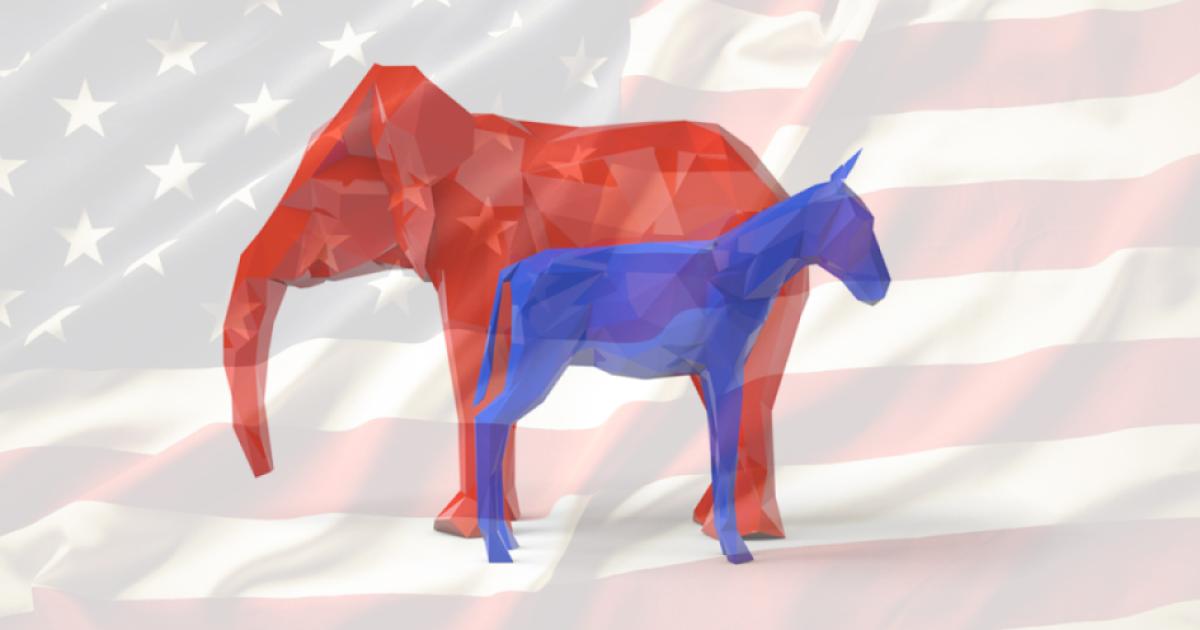- History
- Contemporary
- US
- Politics, Institutions, and Public Opinion
Around the nation, as duly noted in this story that ran last weekend in The Hill, Republican state lawmakers are pushing back against the initiative system.
That includes Idaho, where a GOP state senator has introduced a bill aiming to increase both the quantity and geographic balance of signatures needed to qualify an initiative for the ballot, as well as Florida (where a GOP state representative wants to raise the threshold for public approval of constitutional amendments from 60% to a two-thirds majority) and Missouri (where House Republicans want to double the number of signatures required for ballot qualification).
Why the pushback?
Last November, voters in Florida approved a constitutional amendment restoring ex-felons’ right to vote (it received 64% support). In Idaho, voters went with an initiative expanding Medicaid to cover low-income residents. And in Missouri, voters approved measures legalizing medicinal marijuana, raising the minimum wage, and stripping lawmakers of their redistricting privileges.
The common denominator: these are rather “blue,” or left-of-center concepts in erstwhile “red,” right-of-center states.
So why isn’t the same uprising occurring in California?
Obviously, in part because the closest the Golden State gets to “red” is the wine produced in Sonoma County.
Plus this dirty little secret: in California, the initiative process is a convenient means to an end for both liberals and conservatives. As such, neither persuasion wants to tinker with vox populi (California’s initiative process dates back to over a century ago, when the legendary governor Hiram Johnson and a group of Republican reformers who called themselves “Progressives” gave voters the power to push back against the political and business classes).
This may sound odd given California’s political lineup. A state legislature that’s dominated by liberal supermajorities in both chambers, coupled with a decidedly progressive governor, means that conservatives are nonplayers in the legislative process. Thus the initiative process is a necessity both for repealing unpalatable laws championed by the left (such as last year’s failed attempt to override an increase in California’s gasoline tax) and to push ideas that are non-starters in the State Capitol (i.e., last decade’s Proposition 8, which banned same-sex marriage in California).
What’s changed this decade, however, is the left’s newfound trust in the initiative process to deliver the goods—especially in presidential election years featuring a supersize Democratic turnout.
The 2016 vote in California serves as a good example. Seventeen measures appeared on the November ballot, 12 of which passed. Among the success stories: legalizing recreational marijuana; further gun restrictions (limits on ammunition purposes); $9 billon in new school bonds; an additional $2-a-pack tax on cigarettes; and a ban on single-use plastic bags that had been previously approved by the legislature.
And the most important initiative gain, as far as the legislature was concerned: the passage of Proposition 55, which extended for another dozen years 2012’s Proposition 30 and its personal income tax increase on California earners making over $250,000.
You might have noticed a common thread here: passing the buck. There was nothing stopping the legislature from doing marijuana legalization, the plastic-bag ban, or even the tax increases on its own.
So why instead go the initiative route? Two reasons. In the case of tax increases, it gives lawmakers an important duck-for-cover adjective: voter-approved—even if there were questions about initiative truth in advertising (whereas Proposition 30 was sold to voters as what’s best for schools and kids, its revenue instead went to increased school spending on pensions and retiree health-care costs).
Second, the loaded initiative ballots (17 in 2016; 18 in 2012; 21 in 2008) allow liberal lawmakers to succeed in pushing the Golden State ever further to the left—without their fingerprints on the evidence.
Here’s such an example looming on California’s horizon: the fabled Proposition 13, which may be revisited at the ballot box in November 2020 more than four decades after its passage. (Prop. 13 limits property taxes—both commercial and residential—to 1% of a property’s value and prohibits taxes from increasing more than 2% per year until the property is sold.)
Would a majority of Democratic lawmakers like to lift the current caps on property taxes for commercial and industrial properties?
Absolutely. In a heartbeat.
But would they rather have someone else do their dirty work?
Perhaps.
That’s why Proposition 13 reform, if it’s to occur, will happen one of two ways. Either the legislature attempts to amend the initiative as part of a larger conversation having to do with taxes and revenue. Or lawmakers defer to an entity called Schools and Communities First—a coalition that’s already qualified an initiative for the 2020 ballot that would alter the Proposition 13 limit on commercial and industrial properties.
But remember: in California, initiatives are a two-way street, ideologically speaking, that is.
As predicted in this space earlier this month, governor Gavin Newsom last week declared a moratorium on the use of capital punishment in California. The 2020 ballot could include a measure undoing Newsom’s moratorium and reinstating capital punishment. It also might include a measure making the Newsom moratorium permanent.
Here, the politics get murky. For when it comes to overturning the death penalty, the formula of showcasing a liberal ideal in a presidential year has not worked out the two times it’s been tried.
In 2016, California’s Proposition 62 (replacing the death penalty with life without parole as the state’s maximum punishment) received only 47% support at the same time that Hillary Clinton and Kamala Harris each received nearly 62% in their statewide races.
In 2012, California’s Proposition 34 (same goal as Proposition 62) received only 48% support at the same time that Barack Obama and Dianne Feinstein each surpassed 60% in their statewide races.
As with Proposition 13, Newsom will have to figure the path of less resistance—is it through a legislature his party dominates, or trusting change to occur via a sympathetic third party operating an initiative campaign?
Newsom understands the potency of winning initiatives. The two measures he championed in 2016, Propositions 63 and 64 (gun control and marijuana legalization, respectively), played into his narrative of a lawmaker willing to push the progressive envelope.
However, Newsom also suffered a setback in 2016: he supported Proposition 62. And he supported Proposition 34 four years previously.
To the adage that death and taxes are life’s only certainties, add the politics behind California’s death penalty. It certainly makes for some very uncertain calculations—even in what otherwise are good times for progressives to be peddling initiatives in the Golden State.







